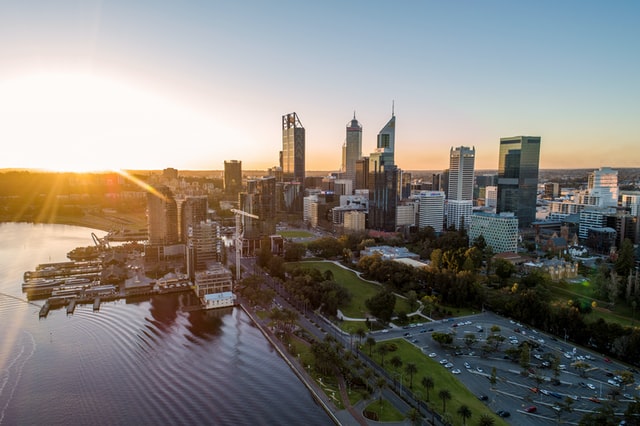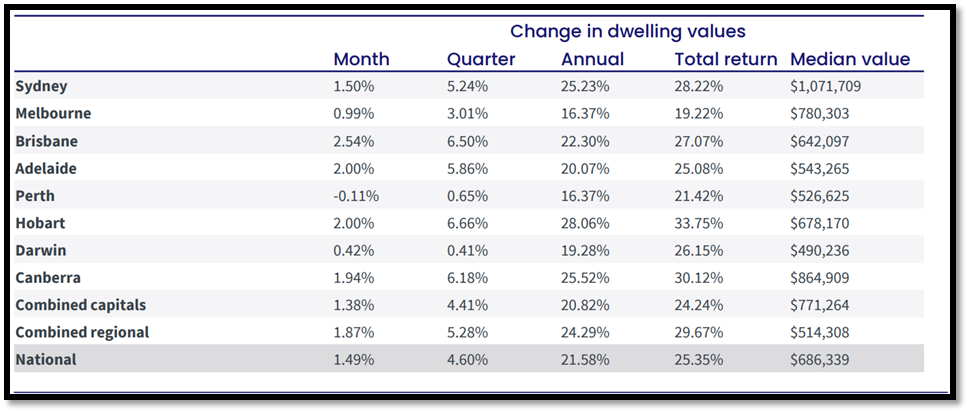
Perth recorded its first monthly drop in house values as the overall growth trend across Australian housing markets continued to ease in October.
For the first time since June last year, the Western Australian capital reported its first monthly decline in October at 0.11%, according to CoreLogic's latest Hedonic Home Value Index.
Overall, dwelling values in Australia — including for houses and units — increased by 1.49% over the month, marginally lower than the growth achieved in the two previous months.
Brisbane registered the most significant gain in the month at 2.54%, followed by Adelaide and Hobart at 2%.
It is worth noting that gains in Melbourne dipped below 1% over the month, hitting 0.99%.
Regional markets remained superior in terms of price gains compared to capital cities, with the former clocking a 1.87% versus the latter's 1.38%.
Easing price gains
CoreLogic research director Tim Lawless said three things are currently influencing the movement of prices: worsening housing affordability, rising supply levels, and less stimulus in the form of government support.
"Housing prices continue to outpace wages by a ratio of about 12:1. This is one of the reasons why first-home buyers are becoming a progressively smaller component of housing demand," he said.

As demand continued to wane, new listings surged in the month, up by 47% from the recent low in September.
On the support front, housing focused stimulus such as HomeBuilder and stamp duty concessions have already expired.
"Combining these factors with the subtle tightening of credit assessments set for November 1, and it’s highly likely the housing market will continue to gradually lose momentum," he said.
Despite the moderation in monthly gains, annual growth remained strong throughout the year so far.
Over the year to October, home values have grown by 21.6%, with most capital cities reporting gains of above 20%.
Unit markets slated to become popular
Units remained inferior to houses in terms of price gains - this was most evident on an annual basis.
Sydney houses, for instance, hit a 30.4% annual gain in values compared to a 13.6% increase in units.
The trend was also apparent in Melbourne, where house prices increased by 19.5% while unit prices went up by only 9.2%.
Mr Lawless said this trend was less evident across regional areas of Australia where the performance gap between houses and units is relatively small.
"As housing becomes less affordable, we expect to see more demand deflected towards the higher density sectors of the market, especially in Sydney where the gap between the median house and unit value is now close to $500,000," he said.
"With investors becoming a larger component of new housing finance, we may see more demand flowing into medium to high density properties."
"Investor demand across the unit sector could be bolstered as overseas borders open, which is likely to have a positive impact on rental demand, especially across inner city unit precincts.”
—
Photo by Nathan Hurst on Unsplash.